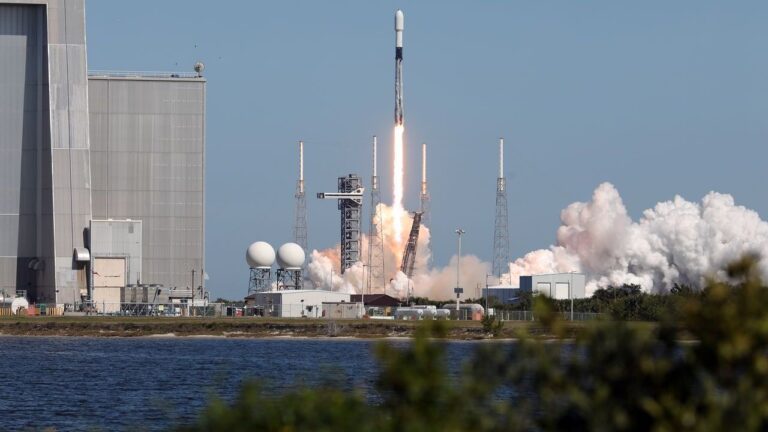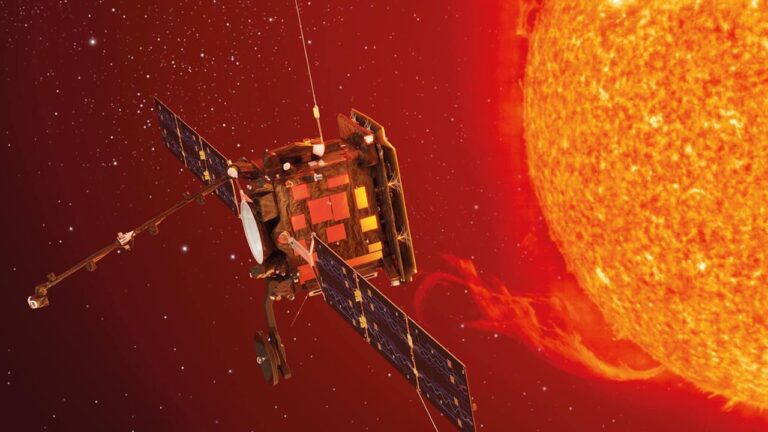
Ground network specialist ST Engineering iDirect is making strategic moves to position itself in the burgeoning market for satellite connectivity directly to standard smartphones. This sector, which promises to extend mobile network coverage beyond terrestrial cellular reach, is attracting significant interest from companies like SpaceX, AST SpaceMobile, and Lynk Global. These firms are developing satellite constellations to keep mobile subscribers connected even outside traditional coverage areas.
Initial Services and Market Potential
The initial services planned for this emerging market are likely to focus on essential applications such as emergency alerts and text messaging. With a sufficient number of satellites, these services could eventually expand to support voice calls and continuous connectivity. Analysts project that this market could exceed $1 billion, underscoring its substantial potential.
Challenges in Mass Market Adoption
Despite the promising prospects, integrating standard smartphones into satellite networks presents unique challenges for an industry traditionally centered around niche applications and specialized user terminals. ST Engineering iDirect’s CEO, Don Claussen, highlighted the unprecedented nature of this challenge in an interview. “How do you bring cell phones in and out of the network at scale as they’re turning on and off?” he questioned. “We’ve never really had that problem in the satellite communications industry.”
Expanding Beyond Fixed Terminals
Historically, the satellite communications industry has focused on fixed terminal markets, including government and enterprise sectors such as maritime, land vehicles, and aviation. These terminals typically remain online for extended periods. However, integrating land mobile and handheld devices, which may fluctuate in connectivity with thousands of units entering and exiting coverage areas, demands robust network management solutions.
“If we’re bringing either land mobile — which I think is going to scale up in the next five years — at any scale, and then these handheld devices where you may have 10,000 or 20,000 of them in a given area that are going on and off and in and out of coverage, how do you manage that?” Claussen elaborated.
Leveraging Network Management Expertise
ST Engineering iDirect, a subsidiary of Singapore Technologies Engineering, aims to leverage its network management expertise to address these challenges. The company plans to offer billing support and guard against interference issues that could impede market growth. Claussen drew on his experience with a major government communications program at Viasat, noting the complexity of managing a network where numerous devices constantly connect and disconnect.
“The issue we really had was not servicing the vehicles that had transceivers on it, it was bringing them in and out of the network at scale,” he recalled. “When you have that flapping in the network, you’ve got to have a network management system and element managers that can handle that.”
A Unified Platform Strategy
In March, ST Engineering iDirect unveiled a strategy centered around a unified platform with virtualized, standards-based multi-orbit networking tools. This platform aims to provide the foundation for potentially entering the direct-to-smartphone market, though Claussen emphasized that both the industry and the company’s plans are still in their infancy.
“We still need to see where that goes,” Claussen said. “We need to build the foundation for scalability and for compatibility before, in my opinion, we get too far down that road.”
As the market evolves, ST Engineering iDirect is poised to play a pivotal role in integrating smartphones into satellite networks, potentially revolutionizing connectivity for mobile users worldwide.






